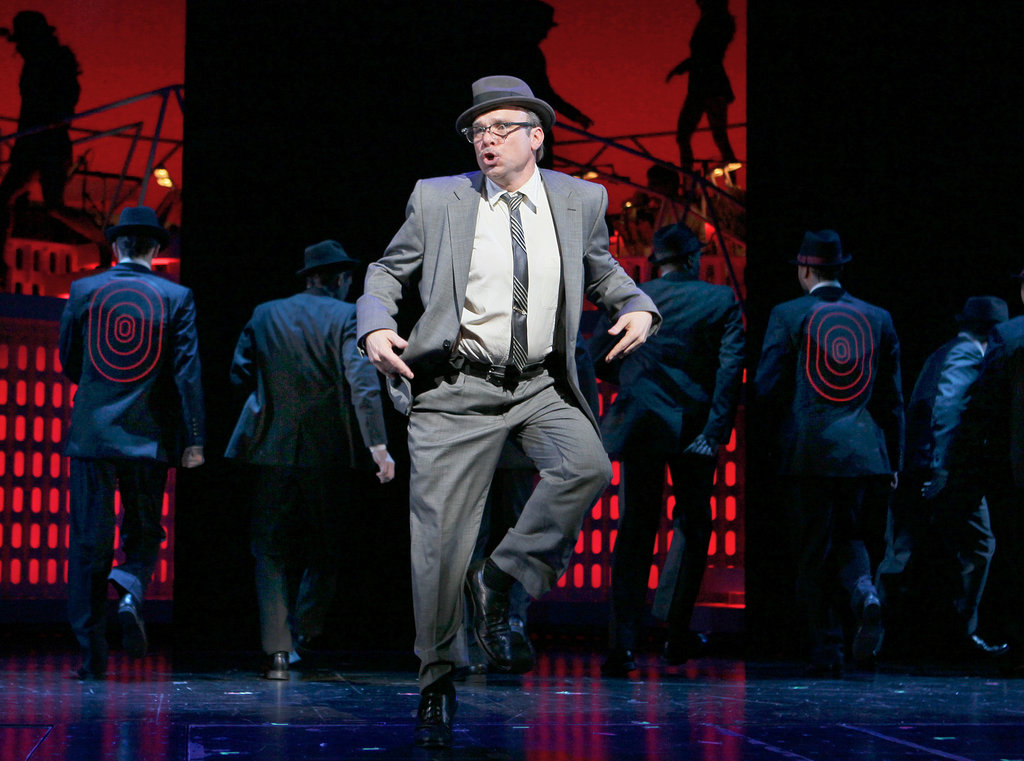
Every day, I wake up humming a random song in my head. I have no idea why. That’s just the way my subconscious works. And, once I realized that this was a thing I did, I decided it would be interesting to keep track of these songs
So, I started building a Spotify playlist titled Daily Earworm.
I hadn’t listened to that playlist once since I started it over a year ago, but I still put stuff on there almost every day, and it’s over 13 hours long now.
So, this past week, I decided to finally give it a listen and remind myself what was on there, which has easily been one of the highlights of my home quarantine so far. Here’s a random sampling:
“Warning Sign,” Talking Heads: I first heard this on their live album, The Name of This Band is Talking Heads, but the version here is the original from their second album. This one slinks and moves like the live version, but is way more ominous and urgent. Could be the added studio polish, or it could be our current moment in time colliding with a song perfectly suited for it.
“What Goes On,” The Velvet Underground: Last month, I went through a few days where I was bummed out about the aftermath of Super Tuesday, for so many reasons, and the most effective emotional salve turned out to be listening to Lou Reed’s back catalogue. This was one of his tracks I rediscovered, a peppy little number that I always overlook because the idea of Lou Reed or The Velvets being this upbeat does not compute.
“She Gave Good Sunflower,” The Black Crowes: A great track for keeping one’s spirits up during an emergency run to the grocery store in the middle of a global pandemic.
“Street Theory,” Van Morrison: A total throwaway that proves, once again, that Van can get good and funky when he wants to.
“It’s Not Where You Start, It’s Where You Finish,” Tommy Tune: It’s easy to see why Tommy Tune became a Broadway star. As is the case with the best Broadway cast albums (in this case, Seesaw), he does such a great job with this song – and the song itself works so well as a musical theater number – I feel like I can see his performance while listening to it.
“Absolute Zero,” Bruce Hornsby (featuring Jack DeJohnette): Another fascinating curiosity from Hornsby, whose facility with melody never fails to impress me, and whose melodies never fail to lodge themselves permanently in my brain.
“I Love Paris,” Frank Sinatra: I don’t actually remember waking up humming this one, but my wife was in Paris the week before our home quarantine started, so that must have been where this came from. Besides, one can never really have enough Sinatra on any playlist.
“Yakety Yak,” The Coasters: Another one I don’t recall waking up humming, but one can never really have enough early Top 40 rock and roll on any playlist.
“Hello, Dolly!” Mary Martin: The morning after I saw the most recent national tour, it was this version of this iconic title song that I wanted to hear. No idea why.
“Teacher, Teacher,” Rockpile: A gem from the early 1980s rockabilly revival. The perfect gateway drug for going down a Nick Lowe / Dave Edmunds rabbit hole.
“Long Time,” The Roots: This went on heavy rotation the day after my wife and I saw them live in Oakland last fall. This earworm is stealthy as a mofo.
“Blinded by the Light,” Manfred Mann’s Earth Band: A sentimental favorite from the days when I first discovered classic rock. No apologies here.
“See Me Through, Pt. II / Just a Closer Walk with Thee,” Van Morrison: Nothing to see here except Van giving a well-known hymn from his youth the old Caledonia soul treatment. Would that church sounded like this all the time.
“What’cha Say,” The Meters: This track moves and grooves, and is as catchy as all get-out.
“High Flying, Adored,” Patti LuPone & Mandy Patinkin: I didn’t realize I had so many show tunes on this playlist. And, of all the tracks I could’ve picked from the Evita cast album, why did I pick this one? Does it matter? My subconscious is a mysterious place, but Patti and Mandy are always justified.


